Crowdsourcing Vs Crowdfunding: What is The Difference?
Updated : June 05, 2024
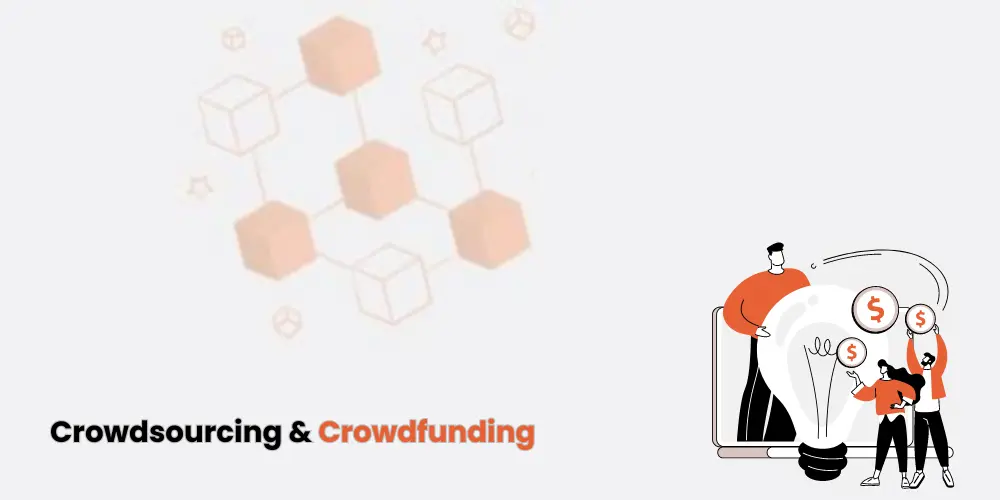
The internet has fostered a revolution in resource access and collaboration. The "sharing economy," exceeding $15 billion in 2023 (Statista, 2023), exemplifies this shift. Research by Alvarez & Donate (2023) suggests this trend extends beyond simple access, fundamentally changing how innovation is managed. Enter crowdsourcing and crowdfunding: two disruptive forces leveraging the "crowd's" collective intelligence and financial power. While both harness the strength of a multitude, their objectives diverge. Crowdsourcing, as explored by Rouzé (2019), taps into a global network to source ideas, expertise, and solutions. Crowdfunding, on the other hand, bypasses traditional financial institutions, seeking direct funding from a dispersed group of supporters, as analyzed by Hipple, Lindgren, & Meredith (2013). Understanding these distinctions is crucial for businesses and individuals seeking to unlock the power of the crowd.
What is Crowdsourcing?
Imagine a global pool of talent readily available at your fingertips. This is the essence of crowdsourcing, a powerful tool that harnesses the collective intelligence and skills of the "crowd" to achieve a specific goal. Traditionally, businesses and individuals relied on internal teams or hired experts for tasks. Crowdsourcing flips this script, opening doors to a wider range of expertise at potentially lower costs.
Core Principles and Benefits
A 2021 study published in the International Journal of Crowd Science found that crowdsourcing offers several key benefits for businesses:
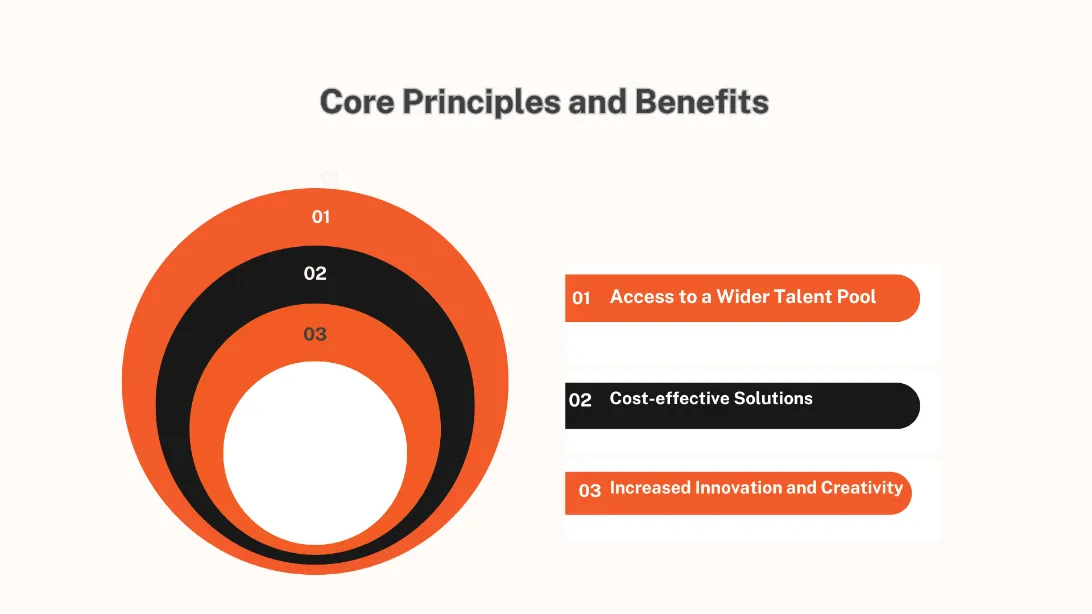
-
Access to a Wider Talent Pool: Crowdsourcing platforms transcend geographical limitations, providing access to a vast pool of talent with diverse skills and experiences. Think of Threadless, a popular online apparel company, which leverages crowdsourcing design contests to generate innovative T-shirt ideas. This approach not only yields unique designs but also fuels customer engagement by allowing them to actively participate in the creation process.
-
Cost-effective Solutions: Crowdsourcing platforms often operate on a pay-per-task model, eliminating the need for hefty upfront costs associated with hiring full-time employees or agencies.
-
Increased Innovation and Creativity: Research by Jeppesen & Lakhani (2010) explores how crowdsourcing platforms can stimulate the generation and selection of novel ideas. Remember Doritos' "Crash the Super Bowl" campaign? This crowdsourcing initiative challenged aspiring filmmakers to create commercials for the popular snack brand, resulting in a wave of fresh and engaging content.
Beyond Business: Crowdsourcing in Action
The impact of crowdsourcing extends beyond the commercial realm:
-
Scientific Research: The Galaxy Zoo project, a collaboration between professional astronomers and the public, exemplifies the power of crowdsourcing in scientific research. By classifying vast datasets of galaxies, citizen scientists have contributed significantly to our understanding of the universe.
-
Knowledge Creation: Crowdsourcing also plays a vital role in the success of Wikipedia, the world's largest free online encyclopedia. Millions of volunteers contribute content and expertise, ensuring Wikipedia remains a valuable resource for information seekers worldwide.
What is Crowdfunding?
Imagine a world where funding your dream project doesn't require scaling the walls of a bank or chasing elusive venture capitalists. Crowdfunding shatters these limitations, transforming the financial landscape into a bustling marketplace fueled by the "crowd." This innovative model harnesses the collective power of individual investors, bypassing traditional gatekeepers and empowering creators to bring their ideas to life. Research by Mollick (2014) suggests that crowdfunding has democratized access to capital, with over $34 billion raised globally in 2015 alone (World Bank, 2015). But how does this financial revolution work, and what makes it so attractive for entrepreneurs and creators?
A Multifaceted Approach: Different Crowdfunding Models
Crowdfunding operates through a multitude of avenues, each catering to different goals:
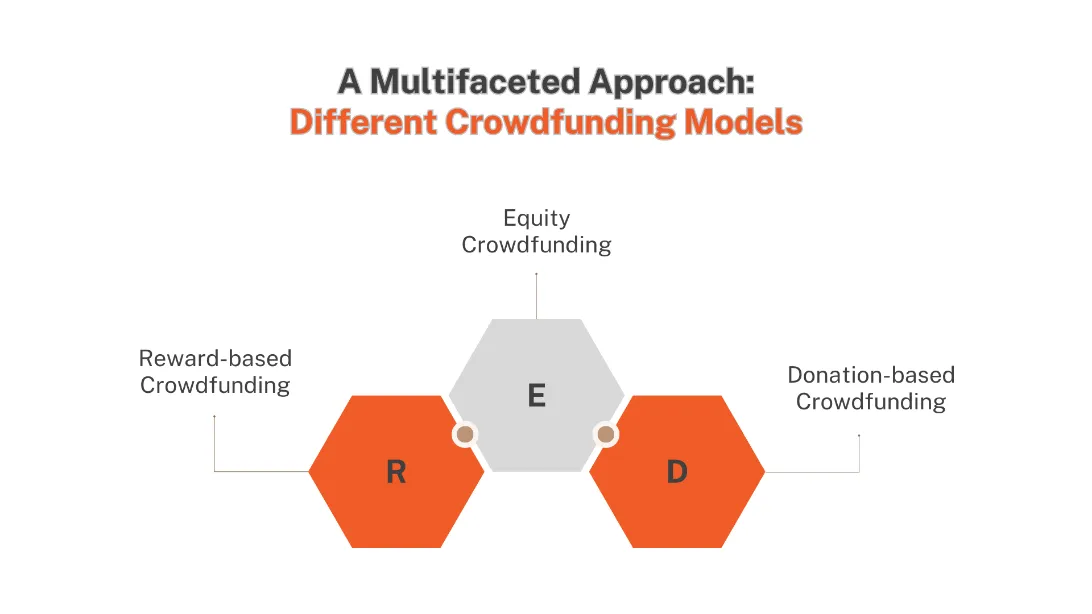
-
Reward-based Crowdfunding: This popular option allows creators to offer tangible rewards (like the first edition of their product) in exchange for contributions. This approach not only generates funding but also validates market demand and fosters early customer engagement. Kickstarter, a pioneer in this space, has seen phenomenal success stories like the Pebble smartwatch, which raised over $20 million in 2012.
-
Equity Crowdfunding: For ventures seeking equity, this model offers an alternative. Here, investors contribute funds in exchange for ownership shares in the company. This method allows creators to raise larger sums while aligning their interests with those of their funders. Platforms like Indiegogo cater to this model, enabling startups to connect with a wider pool of potential investors.
-
Donation-based Crowdfunding: The realm of crowdfunding extends beyond for-profit ventures. This model empowers individuals and organizations to raise funds for social causes, medical emergencies, or disaster relief. GoFundMe, a leading platform in this domain, has facilitated the collection of billions of dollars for diverse causes.
Beyond Capital: The Multi-Tiered Benefits of Crowdfunding
The benefits of crowdfunding are multifaceted. Entrepreneurs and creators gain access to capital without the stringent requirements of traditional loans.
Beyond funding, crowdfunding platforms serve as valuable testing grounds, allowing creators to gauge market interest and refine their product offerings before full-scale production. Additionally, crowdfunding fosters a sense of community, connecting creators with passionate supporters who become early evangelists for their projects.
You can also read about Crowdfunding And The Blockchain
Key Differences Between Crowdsourcing and Crowdfunding
In the age of the "sharing economy," collaboration reigns supreme. Two prominent models, crowdsourcing and crowdfunding, have emerged as powerful tools for businesses, individuals, and even scientific communities. However, understanding the nuances between these seemingly similar concepts is crucial for maximizing their potential.
At their core, both crowdsourcing and crowdfunding leverage the collective power of the "crowd." Yet, their objectives diverge significantly. Let's embark on a journey to unveil the key differences between these collaborative forces.
Focus: Ideas & Skills vs. Funding
-
Crowdsourcing hrives on the collective intelligence of the "crowd." It's essentially a talent pool, brimming with diverse skills and expertise. Businesses and individuals can tap into this resource to solicit ideas, solutions, or creative content for a specific project. Imagine a company seeking a catchy slogan for their new product. They can leverage a crowdsourcing platform to gather suggestions from a vast pool of writers and Crowdfunding Marketing professionals. Studies by Jeppesen & Lakhani (2010) highlight the effectiveness of crowdsourcing in generating novel ideas and fostering innovation. Here, the focus is on acquiring the best solution or the most creative input.
-
Crowdfunding, on the other hand, is all about securing financial backing. It empowers entrepreneurs, artists, and even individuals facing personal challenges to raise capital from a dispersed group of supporters. Fundraising campaigns often involve offering incentives in exchange for contributions. Think of a filmmaker seeking funding to complete an independent movie. They might launch a crowdfunding campaign on a platform like Kickstarter, offering early access to the film or signed memorabilia as rewards for contributions. In this scenario, the primary objective is to reach a predefined funding goal.
|
Focus |
Crowdsourcing |
Crowdfunding |
|---|---|---|
|
Objective |
Acquire ideas, solutions, or creative content |
Secure financial backing |
|
Focus |
The best solution, most creative input |
Funding goal reached |
Incentives: Rewards, Equity, or None
The incentive structures of crowdsourcing and crowdfunding further distinguish them.
-
Crowdsourcing projects often offer non-monetary incentives, such as recognition, the opportunity to participate in a groundbreaking project, or even the chance to win a prize. For instance, a scientific research project might seek volunteers to analyze data sets in exchange for co-authorship on a research paper. This intrinsic motivation can be a powerful draw for individuals passionate about the project's goals.
-
Crowdfunding incentivizes contribution with a variety of tangible rewards. Depending on the campaign type, these rewards can range from exclusive merchandise to early access to a product or service, or even equity ownership in the company itself. Here is a crowdfunding example , a musician crowdfunding their new album might offer signed CDs, personalized video messages, or even a chance to attend a private concert as rewards for different contribution tiers. The specific incentives offered are designed to appeal to the target audience and encourage participation.
There are also instances of donation-based crowdfunding, where no tangible rewards are offered. These campaigns rely on the goodwill and social impact of the cause to motivate contributions.
|
Incentives |
Crowdsourcing |
Crowdfunding |
|---|---|---|
|
Incentive Type |
Non-monetary (recognition, participation, prizes) |
Monetary (rewards), Equity |
|
Examples |
Co-authorship on research, exclusive content access |
Signed merchandise, product pre-orders, equity ownership |
Project Timeline: Flexible vs. Specific Goal & Deadline
-
Crowdsourcing projects typically have a more flexible timeline. The focus here is on gathering the best possible output, and the timeframe can be adjusted to accommodate the influx of ideas or the complexity of the task. For instance, a design competition for a new logo might have a deadline for submissions, but the final selection process could take longer depending on the volume of entries and the need for revisions.
-
Crowdfunding campaigns, in contrast, operate with a more rigid timeframe. They often have a specific funding goal that needs to be reached within a predetermined deadline. This time pressure motivates potential contributors to act quickly and ensures clarity for both the campaign creators and the backers. For example, a crowdfunding campaign for a new board game might have a 30-day window to raise $50,000. If the goal isn't reached by the deadline, the project typically fails to secure funding.
|
Incentives |
Crowdsourcing |
Crowdfunding |
|---|---|---|
|
Timeline |
Flexible |
Specific goal & deadline |
|
Focus |
Best output, quality |
Reaching funding goal |
Success Metrics: Quality of Output vs. Funding Amount
Crowdsourcing success is measured by the quality of the output received. This could be a winning design, a groundbreaking solution, or a comprehensive analysis of data sets.
When to Use Crowdsourcing vs. Crowdfunding
Crowdsourcing and crowdfunding, though seemingly interchangeable, cater to distinct goals. Let's navigate this landscape to identify the ideal approach for your needs.
Crowdsourcing is used when seeking:
-
Creative Ideas and Solutions: Research by Jeppesen & Lakhani (2010) highlights its effectiveness in generating novel ideas. Imagine a company seeking a catchy slogan. Crowdsourcing platforms can tap into a vast pool of writers to deliver a winning tagline.
-
Specific Skills and Expertise: Need a data analysis whiz or a graphic design guru? Crowdsourcing platforms connect you with a global talent pool, allowing you to find the perfect fit for your project.
-
Market Research and Feedback: Gain valuable insights from your target audience. Crowdsourcing surveys and product testing can inform crucial decisions before launch.
Crowdfunding, on the other hand, empowers you to:
-
Raise Capital for a Project or Business: Bypass traditional funding routes and raise capital directly from a crowd of supporters. This approach has democratized access to finance, with over $34 billion raised globally in 2015 (World Bank, 2015).
-
Pre-sell Products and Services: Gauge market demand and generate pre-orders for your product or service. Crowdfunding campaigns can validate your concept and provide crucial working capital.
-
Build Brand Awareness and Loyalty: Crowdfunding fosters a community around your project. Engaging with your backers strengthens brand loyalty and creates a passionate advocate base.
By understanding the core objectives of crowdsourcing and crowdfunding, you can unlock the power of the "crowd" to achieve your specific goals.
Tips for a Successful Crowdsourcing or Crowdfunding Campaign
So, you've chosen your path – crowdsourcing or crowdfunding – to harness the power of the "collective mind." But how do you ensure your campaign ignites and thrives? Here's a roadmap to collaborative success:
-
Chart Your Course: Clearly define your goals. Research by Mollick (2014) suggests successful campaigns have a laser focus. Are you seeking groundbreaking ideas, funding for your invention, or market validation? Specificity attracts the right crowd.
-
Know Your Tribe: Identify your target audience. Understanding their demographics, interests, and online behavior is crucial. Tailor your message and incentives to resonate with them.
-
Craft a Captivating Narrative: Facts and figures are essential, but weaving a compelling story is key. People connect with passion and purpose. Share the "why" behind your project and ignite their desire to be part of something bigger.
-
Incentivize Action (if applicable): For crowdfunding campaigns, strategic incentives are crucial. Offer tiered rewards that cater to different contribution levels, creating a sense of value and exclusivity.
-
Embrace the Digital Landscape: Leverage social media platforms to spread the word and build momentum. Utilize targeted online advertising to reach your ideal audience.
-
Foster a Community: Active engagement is paramount. Respond to comments, answer questions, and express gratitude to your supporters. Building a community fosters loyalty and creates a network of passionate advocates.
By following these steps, you can transform your collaborative initiative from a spark into a thriving flame, fueled by the collective power of the crowd.
Contact us today to harness the collective future!
Unveiling the power of the crowd, both crowdsourcing and crowdfunding unlock a treasure trove of possibilities. Now, imagine these forces supercharged by the security and transparency of blockchain technology. Our Blockchain Development Services can empower your next project. Contact us today to harness the collective future
Take control of your smart contract security - Request a professional Smart Contract Audit today and ensure the solidity of your blockchain projects
Insights
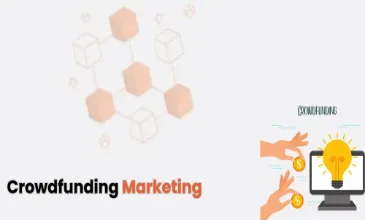
Crowdfunding Marketing
Imagine a student raising over $500,000 for their innovative phone case design – all thanks to crowdfunding! Crowdfunding has become a powerful tool for entrepreneurs, artists, and everyday people to bring their ideas to life ...
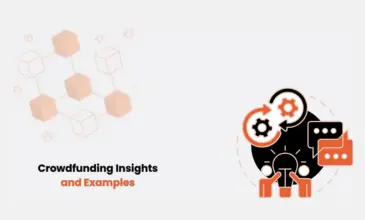
Crowdfunding Insights and Examples
Imagine a virtual reality headset coming to life not through a corporate giant but because over 9,000 people pledged nearly $2.5 million on Kickstarter. That's the power of crowdfunding in action! Crowdfunding ...
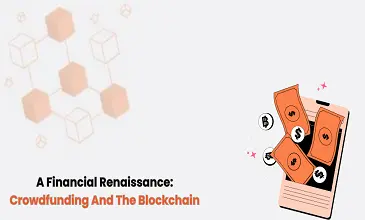
Crowdfunding And The Blockchain
The financial landscape is undergoing a renaissance, orchestrated by the harmonious convergence of crowdfunding and blockchain technology. Crowdfunding, he collective fundraising method, has blossomed into a $1.07 trillion industry ...